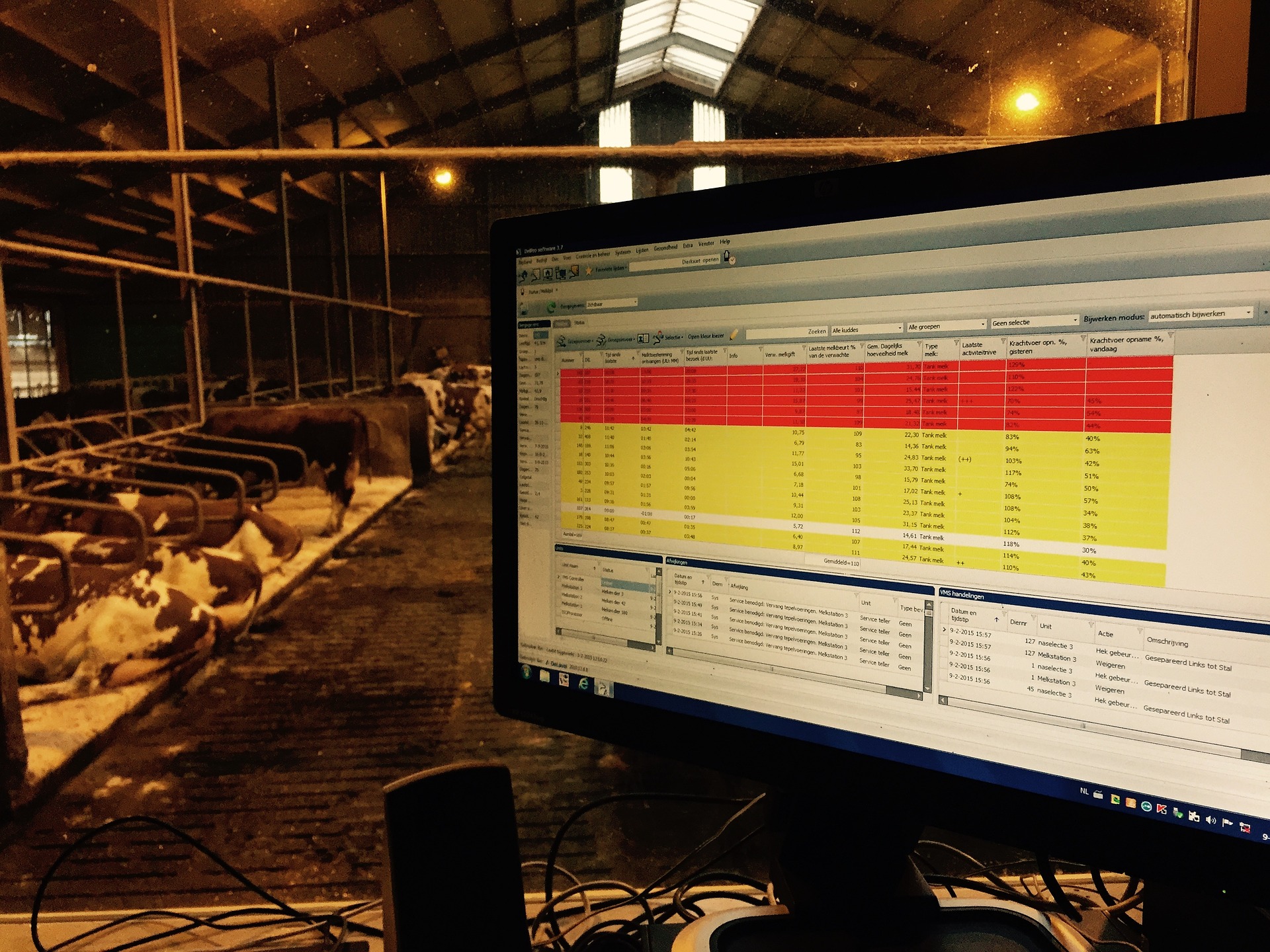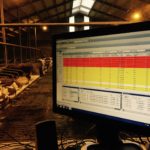Information Technology involves storing, retrieving, manipulating and transmitting massive amounts of data.
Each tier in an IT company requires scores of workers constantly processing and pushing information for companies to function.

However, since IT is heavily reliant on computers, and human operatives being less efficient and decisive, it is only logical to, sooner or later, automate the field.
Robotic Process Automation (RPA) is slowly gripping the IT sector and eliminating the above mentioned manual effort associated with IT tasks and business processes.
RPA harnesses technologies such artificial intelligence, machine vision, machine learning, and big data analytics and in the future, quantum mechanics, to accomplish the task.
There are two kinds of automated deployments depending on the complexities of their architecture and, consequently, the tasks they take up – simple robots that execute a script to repeatedly to perform a particular function; and cognitive RPA or software-based AI that learn the tasks they are given and take decisions on their own.
As of now, large global IT and Business Process Outsourcing (BPO) companies are actively using lesser forms of RPA.
Using RPA is enabling those companies to deliver IT services at higher efficiencies and lower costs.
As per reports, some organizations are already in the early stages of conducting RPA proof-of-concept trials, while a few are doing production pilots.
Areas of Impact
Several IT service lines are poised to come under RPA’s influence.
- Helpdesk is one such field. For example, RPAs could automate non-ticketing activities that, as per IT reports, occupy 25% to 40% of a helpdesk’s tasks, including monitoring, providing clarifications and reporting.As for ticketing, RPA could help automate common service requests such as password resets.
- IT infrastructure outsourcing is another area that is set to be impacted by RPA. In this, robots could monitor critical thresholds and, under certain threshold breach conditions, could even fix the issue.
Companies have already begun leveraging RPA for several of its client projects.
Processes that require RPA include rules-based, high volume, multiple systems, repetitive tasks, data mining, or data entry tasks.
Advantages of Automation in IT
- RPA cuts labour costs drastically. And cognitive RPA even more so.
- The technology offers a less intrusive way for integrating systems because software AI access applications through the user interface, much as humans do.
- Robots would connect to various UIs, including legacy green-screen applications, and don’t touch the underlying software.
- RPA projects also consume less time and money than traditional automation projects since programmers don’t need to modify the back-end applications or build custom interfaces.
- AI robots will deliver better quality, faster processing times (within hours compared to weeks with manual approach), major improvement in traceability for audit purposes, and increased, high-speed analytics.
- RPA would easily scale and address fluctuations in volume.
Feasibility
Automation projects, as per industry experts, shouldn’t take more than a year to complete, and would cost between half a million USDs to two million or more, depending on the number of robots and their complexities.
Some RPA projects could also be ready in as less as six to 10 weeks.

